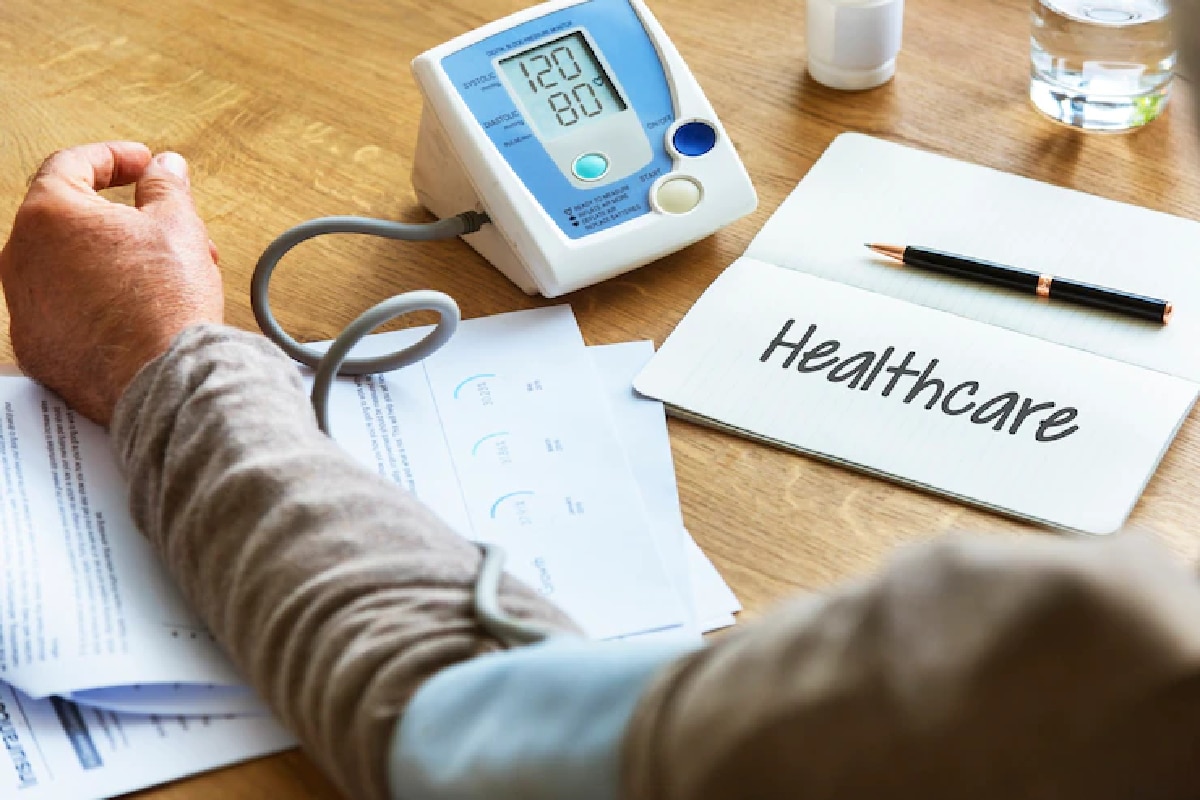
Hypertension is the number one health risk factor in India. It is the largest factor contributing to disease and mortality. It contributes to an estimated 1.6 million deaths annually in India, due to ischemic heart disease and stroke.Also Read – Follow These 5 Steps to Good Mental Health
India’s demographic transition with an increasing proportion of elderly people and a sedentary lifestyle and obesity associated with increasing urbanisation, and other lifestyle factors like high levels of salt intake, alcohol and tobacco consumption, are contributing to this burden of hypertension. Also Read – Jamun Side Effects: Avoid Eating Java Plum if You Have These 4 Health Conditions
Hypertension is called a “silent killer”. Most people with hypertension are unaware of the problem because it may have no warning signs or symptoms. For this reason, it is essential that blood pressure be measured regularly.
When symptoms do occur, they can include early morning headaches, nosebleeds, irregular heart rhythms, vision changes, and buzzing in the ears. Severe hypertension can cause fatigue, nausea, vomiting, confusion, anxiety, chest pain, and muscle tremors. Also Read – Bird Flu Explained: Symptoms, Risk Factors And More by Dr. Ankita Baidya Manipal Hospitals
The only way to detect hypertension is to have a health professional measure blood pressure. Having blood pressure measured is quick and painless. Although individuals can measure their own blood pressure using automated devices, an evaluation by a health professional is important for the assessment of risk and associated conditions.
Hypertension is a major modifiable risk factor for cardiovascular and renal disease in India.
Awareness of hypertension in India is low while appropriate treatment and control are even lower: Hypertension is a chronic, persistent, largely asymptomatic disease. A majority of the patients with hypertension in India are unaware of their condition. This is because of low levels of awareness and the lack of screening for hypertension in adults.
The focus on primary care is crucial since our biggest challenge is that the majority of hypertensives are undiagnosed because of the asymptomatic nature of the disease, and increased detection can only be accomplished by a sustained effort to measure BP in adults at a clinic or by a healthcare provider closest to them.
A public health approach to hypertension in India would involve 5 population-level interventions for the prevention of hypertension of which reduction of obesity, salt intake and cessation of tobacco use are the most important; Screening of the adult population for hypertension by trained staff using standardised BP measurement with validated devices, and management of hypertension with lifestyle modifications combined with therapy.
A population-wide intervention on weight reduction in the obese, increasing exercise levels in the sedentary, decrease in salt intake, cessation of tobacco use and moderation of alcohol use is needed.
Screening for hypertension in all adults will involve opportunistic screening of people > 18 years of age at every point of contact with health professionals or allied health staff. This will include all points and levels of care – the village/multipurpose health worker, trained non-physician staff at sub-centres, primary health centre, community health centre, and referral hospital (District hospital, Medical College).
This screening will also enable people with high normal BP to be identified so that they can be prevented from developing hypertension by the use of appropriate lifestyle modifications. Since healthcare facilities may not be accessed by all potential hypertensives, it is also suggested to have a targeted screening initiative at the community level aimed at detecting hypertension in those in which hypertension is most prevalent and poses the maximum risk.
This includes people with age > 50 years, those who are obese, diabetic, current smokers, those who have a history of any cardiovascular disease (coronary artery diseases, stroke etc.), or a history of hypertension or premature cardiovascular disease in the family. One validated electronic BP device and at least 1 trained person per village should be made a reality so that these high-risk groups can be screened for hypertension at least once every 2 years.
The screening will involve BP measurement using a standardised procedure and persons will receive advice and/or referral appropriate to the BP level.
Assessment of a person diagnosed with Hypertension will focus on target organ damage related to hypertension, comorbidities like diabetes, and correctable risk factors. Initiation of treatment whenever required, should take precedence over referral for detailed laboratory evaluation.
Diagnosis of hypertension should be based on a minimum of 2 sets of readings on 2 different occasions, which are at least 1-4 weeks apart, except in the case of hypertensive emergencies and urgencies. Hypertension in persons <80 years of age is diagnosed on documentation of persistent elevation of systolic BP of > 140 mm and/or 90 mm diastolic.
Efforts should be made to promote follow up and adherence to long-term therapy to antihypertensive.
(Authored by Dr Kavita Prabhakar Pai, Consultant Endocrinology & Internal Medicine, Masina Hospital, Mumbai)
Stay connected with us on social media platform for instant update click here to join our Twitter, & Facebook
We are now on Telegram. Click here to join our channel (@TechiUpdate) and stay updated with the latest Technology headlines.
For all the latest Lifestyle News Click Here
